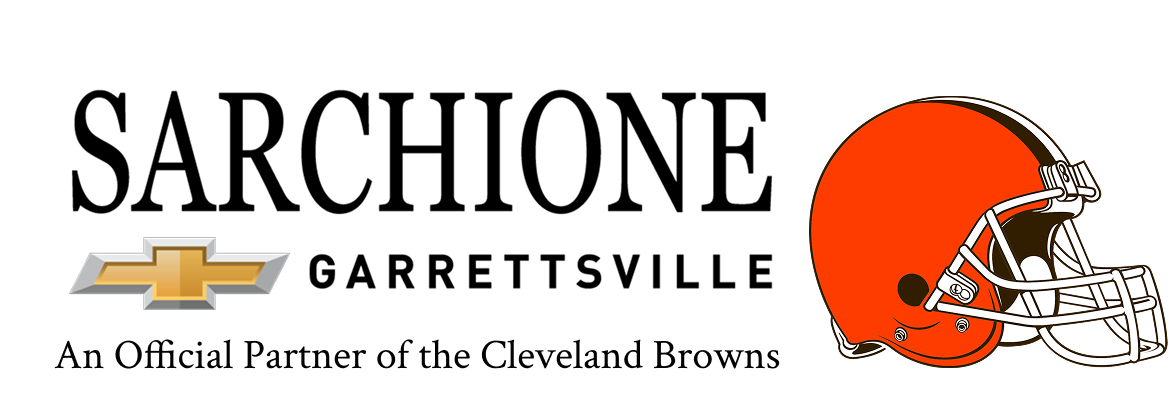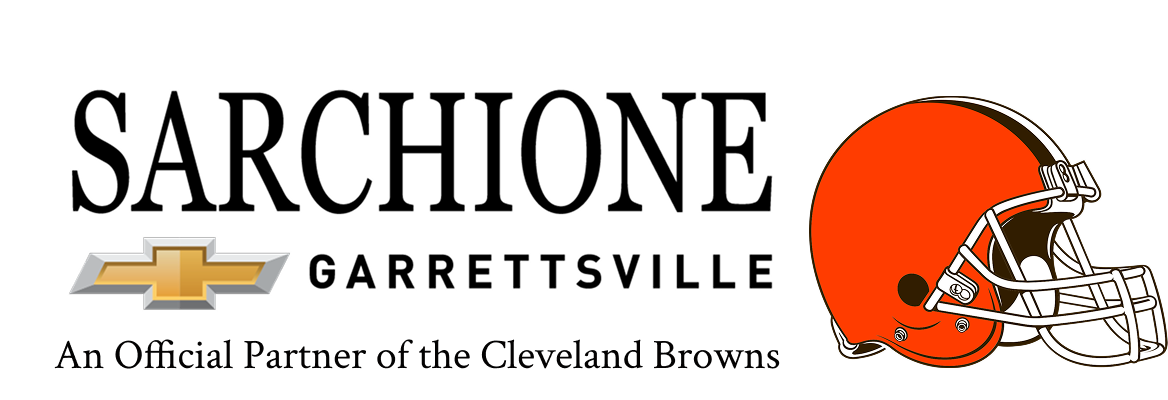Knowing when to schedule a Chevy wheel alignment helps protect your tires, suspension, and steering. At Sarchione Chevrolet of Garrettsville, we check alignment angles during regular maintenance and watch for signs of uneven wear or pulling.
Alignment issues can reduce the lifespan of even the most advanced new Chevrolet models. If the vehicle feels off-center or you notice changes in how it handles, it might be time for an inspection.
Chevy Wheel Alignment Signals You Should Not Ignore
Modern suspensions rely on precise geometry. The smallest change in camber, caster, or toe angle affects how the tires meet the road. When one or more angles drift out of spec, you might feel the vehicle pull to one side. You might also hear tire noise increase or see tread wear develop unevenly across the surface.
If you hit a pothole or a curb hard enough, that can immediately affect alignment. The impact can shift suspension components slightly, which leads to gradual wear and poor tracking. Any time you notice new vibrations or inconsistent steering, it’s worth getting it checked.
Vehicles with electronic power steering may compensate for minor alignment changes at first, but they can’t correct every issue. The longer you wait, the more strain gets placed on control arms, ball joints, and tires. That’s why responding to early symptoms keeps things simple and avoids more expensive problems.
How Alignment Affects Overall Performance
A good alignment keeps all four tires pointing straight and makes sure weight distribution stays balanced. That gives you a stable ride and predictable handling. When alignment angles shift, the tires start dragging slightly rather than rolling freely. That reduces fuel economy and makes the vehicle feel sluggish during turns.
Steering components also wear faster when alignment angles are off. The steering rack and tie rods take on more load with every mile. Over time that increases the risk of failure or slop in the system.
Even all-wheel-drive systems can suffer. When tires rotate unevenly because of misalignment, it causes strain across differentials and transfer cases. That adds stress to parts that are built for balance and precision. Keeping those systems aligned protects more than just your tires.
Don’t Wait For Major Signs
Some drivers wait until they feel major pull or vibration before scheduling a check, but that’s not the best approach. You don’t need to see obvious wear patterns or steering issues to benefit from an alignment service.
Seasonal driving changes and regular suspension wear both affect alignment over time. Every time you swap tires or rotate them, it makes sense to have alignment angles inspected. That way you maintain control and protect your tires over a full driving cycle.
Lifted or lowered vehicles also need more frequent adjustments. Any time you change ride height or upgrade suspension components, alignment angles change. That’s especially important if you use aftermarket wheels or tires with different offset or width.
Let Our Team Handle It
Our factory-trained technicians use the latest equipment to measure and adjust alignment settings with precision. If your vehicle shows signs of drift, vibration, or abnormal tire wear, let us take a look. You can schedule a service with us and we’ll get the angles right to keep your Chevy driving smooth. We’re here to protect your ride and keep it running the way it should.


